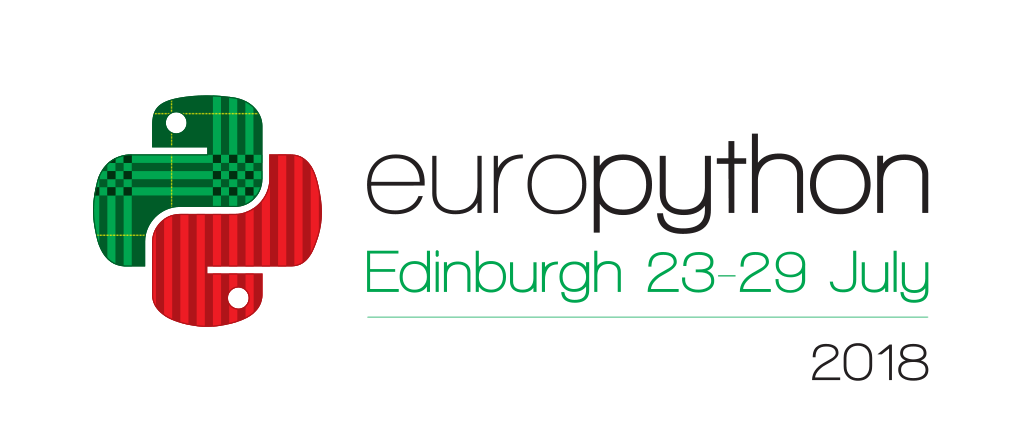Human Mobility Patterns
Research on mobility has traditionally relied on surveys and datasets generally composed of small samples with a low spatio-temporal resolution. However, the situation is now changing with digital data sources. We use geolocated data from different contexts to analyse human mobility at different levels and predict people fluxes between cities.
Studies can be done at different levels ranging from intracity to intercontinental trips. Do tourists and residents behave in the same way when in the same city? Are we prone to visit some cities if we have visited another one? What about train and private transport networks, do people from different countries show different patterns? Can we predict people fluxes between cities?
Being one of the main programming languages when talking about data analysis and data science, Python and its data analysis ecosystem have been the barebones of this research.
